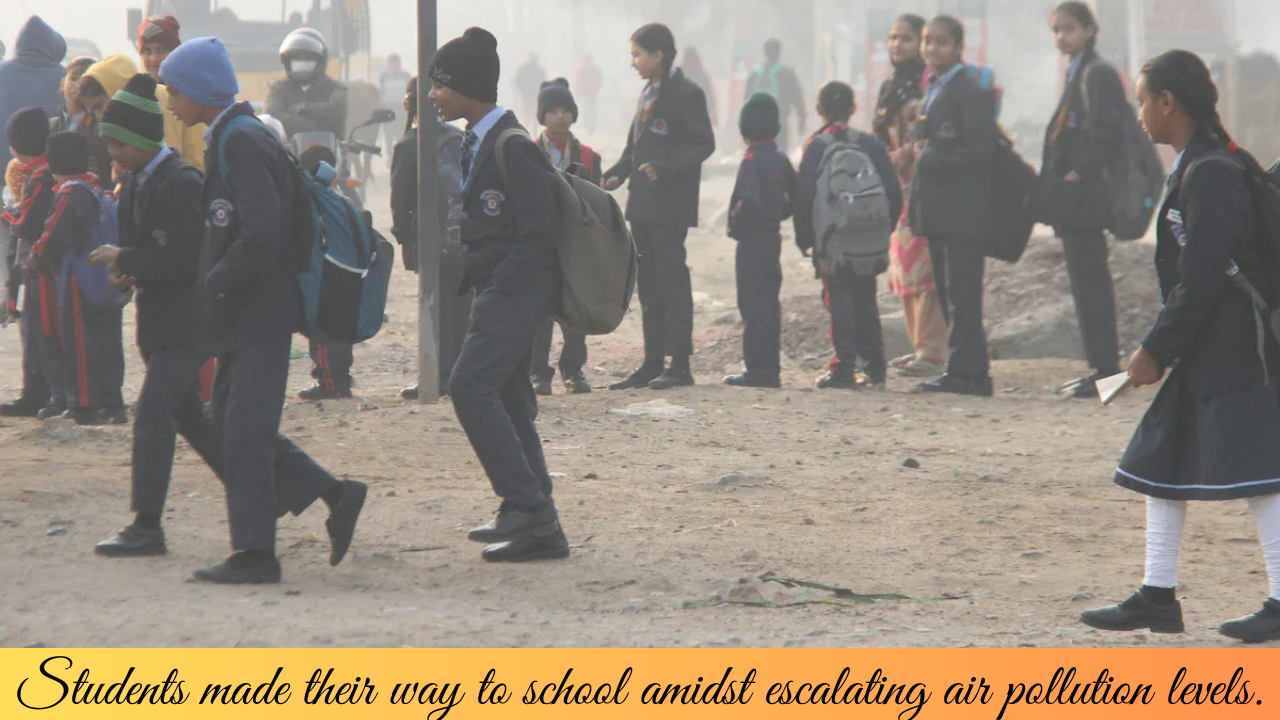Delhi AQI update: Various areas in Delhi, Noida, Gurugram, and the surrounding national capital region were shrouded in a dense layer of smog.
On Saturday morning, December 21, the air quality in Delhi remained hazardous, with the average AQI in Nehru Nagar reaching a staggering 434, classified as ‘severe.’ The primary contributor to this alarming situation was PM2.5 particles—microscopic pollutants capable of infiltrating the lungs and bloodstream, leading to severe health risks.
Several parts of Delhi, Noida, Gurugram, and the broader NCR region were engulfed in heavy smog.
Out of the 36 monitoring stations across the city, 20 recorded AQI levels in the ‘severe’ category by 8 a.m. on Saturday.
These readings highlight a severe decline in air quality, posing life-threatening risks to vulnerable groups such as children, senior citizens, and individuals with respiratory or cardiovascular conditions.
On Friday, air quality stayed firmly in the ‘severe’ category, with a 24-hour average AQI recorded at 429. Out of the monitoring stations, 14 reported AQI levels surpassing 450, placing them in the ‘Severe Plus’ category, while the remaining stations registered AQI values between 401 and 450, consistent with the ‘severe’ range.
Friday’s maximum temperature was recorded at 23°C, slightly higher than the seasonal average.

Delhi’s air quality on the morning of December 21 remained a cause for concern, with AQI levels across the city highlighting a dire situation.
– Anand Vihar recorded 414
– Ashok Vihar hit 423
– Bawana was at 408
– Burari Crossing saw 403
– Dwarka Sector 8 reported 414
– At Major Dhyan Chand National Stadium, the AQI reached 407
– Mundka registered a staggering 425
– Nehru Nagar wasn’t far behind with 424
– Okhla Phase 2 recorded 408
– Patparganj reported 410
– RK Puram stood at 416
– Rohini matched Mundka with 425
– Vivek Vihar came in at 417
– Wazirpur also hit 424
Air quality in Delhi remains a significant issue, worsened by stagnant air circulation and reduced wind activity during the winter season.
As per the Graded Response Action Plan (GRAP), Delhi’s current air quality falls under Stage III (Severe), characterized by AQI values ranging from 401 to 450.
Health officials and environmental experts strongly advise residents to limit outdoor exposure, particularly children, senior citizens, and individuals with respiratory or cardiovascular issues.
The India Meteorological Department (IMD) predicts dense fog over the weekend, which may further decrease visibility and intensify the already dangerous pollution levels.
For some respite, the IMD has forecast light to moderate rainfall on December 26, which is expected to temporarily improve air quality by reducing pollutants in the atmosphere.


